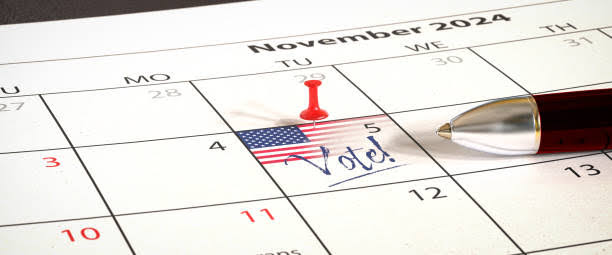The selection of the first Tuesday in November for U.S. elections might seem random, but it was carefully chosen to meet the needs of 19th-century Americans.
In 1845, a federal law was enacted to establish a uniform date for the presidential election, as Election Day had previously varied by state. Early November was selected to align with the agrarian lifestyle and travel needs of the time.
With the harvest season finished and milder weather, early November was ideal for travel. Tuesdays were chosen to avoid conflicts with Sunday church services and Wednesday market days in some areas. Additionally, scheduling the election for the Tuesday after the first Monday in November ensured it would not fall on November 1, a day of religious and financial significance.
Today, with fewer than 2% of Americans working in agriculture, Election Day is less convenient for the modern workforce. Many have advocated for moving Election Day to a weekend or designating it as a federal holiday to improve access. However, because Election Day is legally fixed, any change would require approval from Congress and the president.

